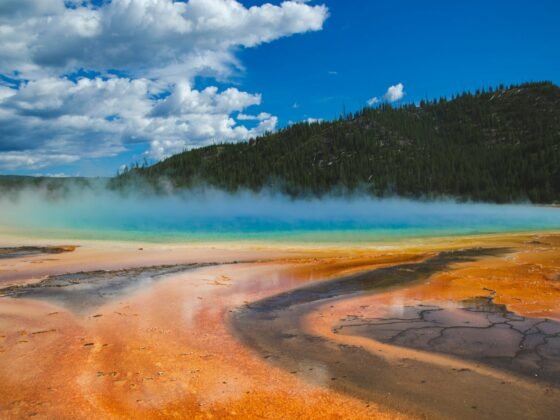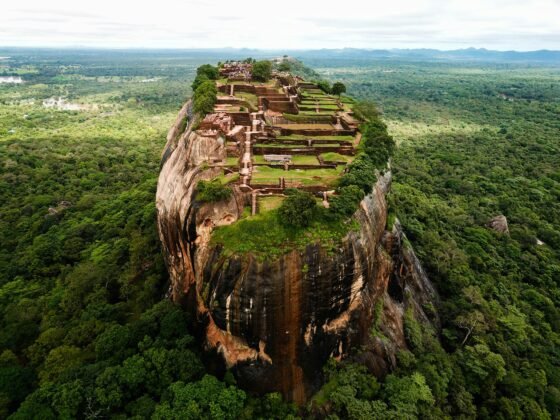Whether you’re a scuba novice or a seasoned pro, these enticing scuba diving destinations are sure to delight and amaze, in equal measure.
Great Barrier Reef of Australia
Home of the largest reef in the world, Australia’s Great Barrier Reef remains one of the top scuba dive spots in the world for great reason! The Great Barrier Reef boasts countless numbers of exotic fish and corals that just can’t be found anywhere else. Divers claim that water visibility is much better when diving just outside of the main reef, but this one is a must-see, especially during the dry and cooler months of the season. Coral lovers will enjoy watching the coral spawning which reproduce once a year. Millions of egg bundles are released simultaneously and is a sight to behold.
Great Blue Hole of Belize
One of the world’s most famous dives, the Great Blue Hole is really just a large sinkhole in the reef and because of how deep it is compared to the reef around it, it looks incredibly dark blue. People swear the opening is a perfect circle, but in reality it’s got two breaks in it and has stalactite ledges the deeper in you go. Visibility is great for seeing the numbers of angelfish and butterfly fish that hang about the opening. Further in you can see other fish such as tuna and several types of shark. As part of the Belize Barrier Reef, the Great Blue Hole is a UNESCO World Heritage Site.
Nha Trang in Vietnam
Travellers flock to Nha Trang for the quality of the fresh air and the beautiful beach city, but scuba diving here is considered some of the best in the world. The first Marine protected area in Vietnam, Nha Trang is a complete underwater world filled with incredible and unique marine fish and beautiful coral reefs. Nha Trang boasts one of the world’s most spectacular bays and divers frequently take underwater cameras to capture this impressive underwater seascape.
Surin Island in Burma
Not a good place to just dive in and try to explore without a guide, the maze of Surin Islands can be very interesting if you know where to look. You can see the rare whale shark and other large fish such as batfish and barracudas here. Don’t discount the smaller swimmers as the area is rife with cuttlefish, ghost pipefish, lionfish, shrimp, sea horses, frogfish and several types of octopus. Visibility is good and the rocks create a very peaceful scene. Divers say that February to April are the best months to visit.
El Gouna in Egypt
A great place for beginner divers, El Gouna has calm coral reefs and very easy wrecks to locate and get to. For almost every dive beyond beginner level you’ll need to take a boat to get to. The Dolphin House dive features a very dense dolphin population. The Ship Graveyard contains the remains of four wrecks that are teeming with sea life, all unique and colorful and ready to explore. Sha’ab Ruhr sits at the edge of the reef here and is a deep drop off. Dolphins can be spotted throughout most of the dives here.
Zakynthos in Greece
With thousands of Greek islands to choose from, Zakynthos has caves, reefs, and drop offs that are great for spotting sea turtles. The turtles have been laying their eggs here for thousands of years. Many of the beaches here in Zante, aka Zakynthos, limit the watersports you can do during summer months, including diving due to the sea turtles nesting. You can find ancient and more modern wrecks for exploring around Shipwreck Bay. Divers of all types will find this dive enjoyable as it’s a fairly shallow area with lots of sea life and colorful atmosphere.
Miami in USA
Miami Beach is full of diversity and the same is true of the surrounding waters. Drift diving is extremely popular here because of the warm and linear Gulfstream. The stream runs parallel to the shoreline which creates perfect drift diving conditions. Miami reefs come to life with numerous species of yellow tail snappers, parrot fish, grunts, spotted eagle rays, tropical fish and southern stingrays. Greater Fort Lauderdale is considered the “Wreck Capital” of Florida and offers divers many sights and things to explore amongst the world class reefs.










